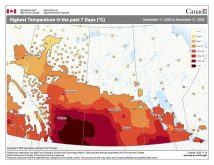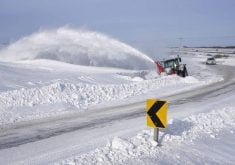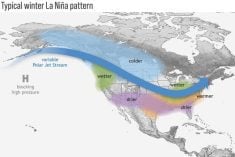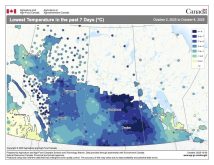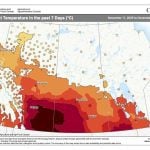I’m increasingly impressed with the weather models lately. Once again, they did a bang-up job with the medium-range forecast. We saw a strong area of low pressure develop across the central U.S., which brought plenty of severe winter weather to our American neighbours and to the east during last issue’s forecast period.
We stayed high and dry, thanks to a strong area of arctic high pressure that brought cold air and a few days of high wind chills due to the pressure difference between the high and the storm system to our south.
The cold arctic air stayed until the end of last weekend, as predicted, before a much milder flow bumped temperatures from below average to above average.
Read Also
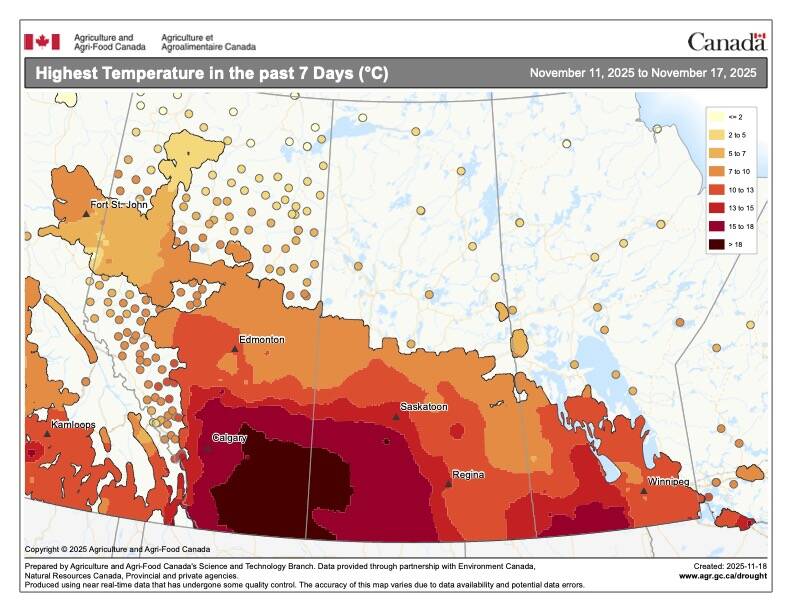
Farmer gift idea: How about a weather station?
The 2025 holiday season is looming, and a home weather station might make a great Christmas gift for farmers
The big questions now are timing of the spring melt and whether we will see any big dumps of snow. While it may be a bit early to answer either of these questions, here’s where the weather models point.
For the first time in a while, confidence in the medium-range forecast is low. It’s not that the weather models don’t agree, but rather that the forecasted weather pattern is wishy-washy.
The weather models show our region stuck between a generally northerly flow to our north and a southwesterly flow to our south. This places us in an unusual position. If this forecast pans out, we will see average early March weather with little precipitation.
If things slide southward, it will be cold. If things slide northward, it will be warmer and snowier.
That said, here is how it looks to play out. We will start this forecast period between systems, with areas of low pressure to our north and south. This will bring cloudy to partly cloudy skies and near-average temperatures. We may see a brief shot of light snow over the weekend as the two lows push by to the east.
Behind the lows, the weather models show arctic high pressure building southward, bringing a return to below-average temperatures, but this looks to be short-lived because an area of low pressure begins building to our southwest. This low will help push out the arctic air by Monday or Tuesday (March 6-7).
While the warm air will be welcomed, this system does bring the chance for significant snowfall to our region for the first time in over two months.
Usual temperature range for this period: highs, -14 to -2 C; lows, -28 to -10 C.




